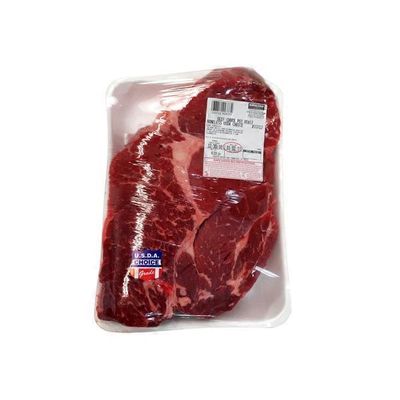
I am also grateful to Judith Ridner, Michelle Mormul, David Mitchell and Thomas Truxes for helpful suggestions. Tyrone tell the emigration story brought me the friendship and valuable insights of John Gilmour, Denis Macneice, Phil Mowat, Graeme Kirkham, Marianne Wokeck, Michael Montgomery, Anita Puckett, Patrick Griffin, Katharine Brown, Ken Keller, Warren Hofstra, and Kerby Miller who each contributed some of their insight into eighteenth-century America to this book. A common enterprise in helping the Ulster-American Folk Park in Omagh, Co. William Roulston has been an outstanding editor as well. I am indebted to a great many friends and colleagues who freely shared their knowledge, notably Jean Agnew, Bill Crawford, John McCabe, Robert McClure, and Brian Trainor who introduced me to unsuspected sources in Belfast and Dublin. While the final version reflects the author’s interpretation of the sources and he alone must be held accountable for omissions and tangential rabbit trails, the gathering of historical information is inevitably a corporate enterprise. Several chapters had an initial airing at academic conferences, including the Ulster-American Heritage Symposium, the Scotch-Irish Identity Symposium, the Irish Atlantic Conference at the College of Charleston and conferences of the Pennsylvania Historical Association and the British Group for Early American History, where helpful comments led to extensive rethinking and rewriting. The Pennsylvania Historical and Museum Commission made it possible for me to explore the commercial links between Philadelphia Merchants, Backcountry Shopkeepers and ‘Town-Building Fever’ in the Lower Susquehanna Valley, 1755–1775 as a scholar in residence at the Pennsylvania State Archives. To tell that story I temporarily set aside my notes and photocopied documents from the years after the American Revolution and plunged into the business world of the earlier eighteenth century. As I began to observe the complexity of their business connections, it was also evident that these transatlantic networks were functioning from the earliest days of emigration and that the passenger trade could not be separated from Ulster’s flaxseed imports and linen exports. The men who went out to America in the 1780s to represent firms in Belfast and Derry caught my attention more and more and especially the Scotch-Irish merchants who linked Belfast with Baltimore. Dickson’s classic study Ulster Emigration to Colonial America 1718–1775 through the next generation before the Napoleonic Wars interrupted the pattern. During an academic year spent in Belfast in 1995–6 with support from a British Council Research Fellowship, I was researching eighteenth-century emigration from Ulster to the North American Colonies.

IFIRST THOUGHT OF WRITING THIS BOOK fifteen years ago, but it would have been a very different book. Enquiries concerning reproduction outside those terms should be sent to the publisher.ĭesign and typesetting by FPM Publishing CONTENTSĤ Transatlantic Partners – Patterns of Tradeġ1 Non-Importation, Non-Exportation, and the Flaxseed Trade Reproduced courtesy of the American Philosophical Society, Philadephia.įirst published 2009 by Ulster Historical FoundationĮxcept as otherwise permitted under the Copyright, Designs and Patents Act 1988, this publication may only be reproduced, stored or transmitted in any form or by any means with the prior permission in writing of the publisher or, in the case of reprographic reproduction, in accordance with the terms of a licence issued by The Copyright Licensing Agency. The East Prospect of the City of Philadelphia in the Province of Pennsylvania after a view made by George Heap, by direction of Nicholas Scull, 1754.

Ulster Historical Foundation is pleased to acknowledge support for this publication from The Scotch-Irish Society of U.S.A. This volume provides fascinating insights into the connections between Ulster and Colonial America through the experiences of the Scotch-Irish merchants. The trading networks and connections established and the economic background to the period are examined in some detail. The author draws upon a remarkable range of sources gleaned from numerous repositories in America and Ireland as he explores the realities of life and work for the merchants. This new book tells the story of the transatlantic links between Ulster and America in the eighteenth century. Emigrants from Ulster, the northern province of Ireland, did all of this and more. Whether free, bond servant, or slave, migrants brought skills and folkways from their motherlands, contributing to the agricultural and commercial development as well as to the peopling of North America.


During the course of the eighteenth century, migration from Europe and Africa shaped the emerging consciousness and culture of the American Colonies.


 0 kommentar(er)
0 kommentar(er)
